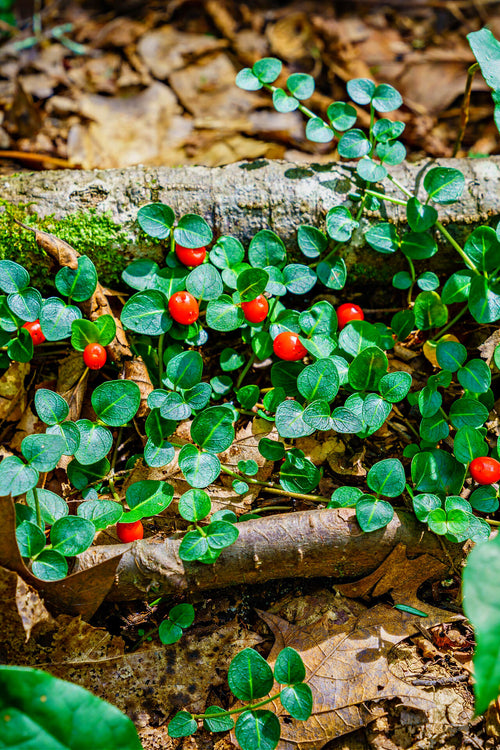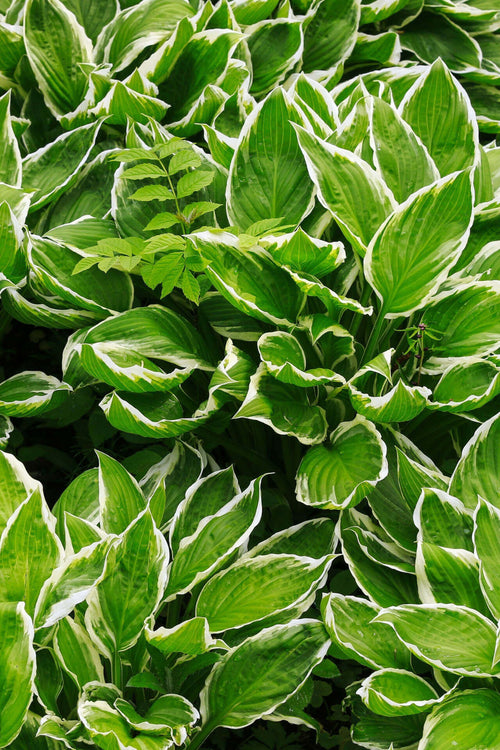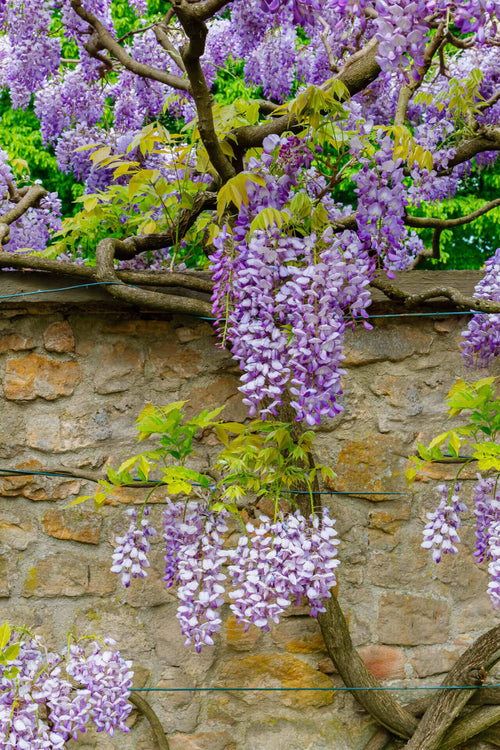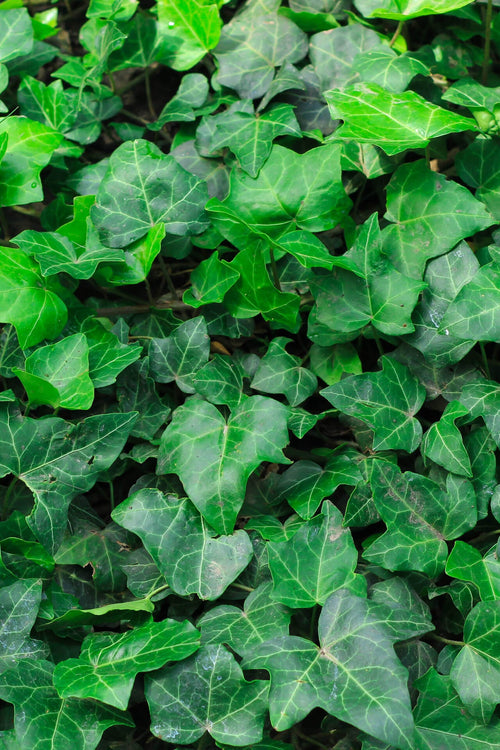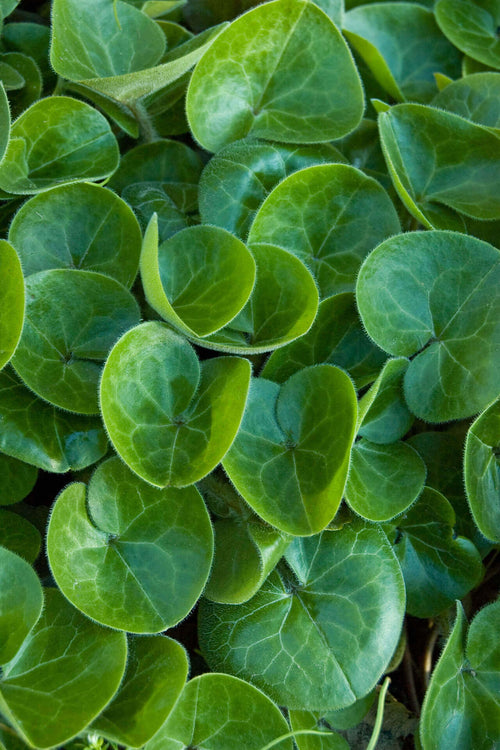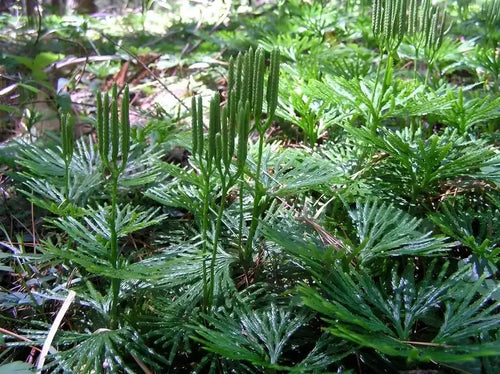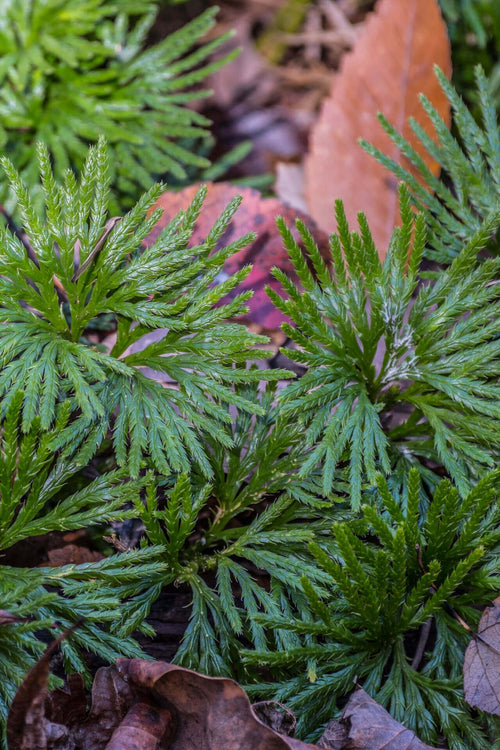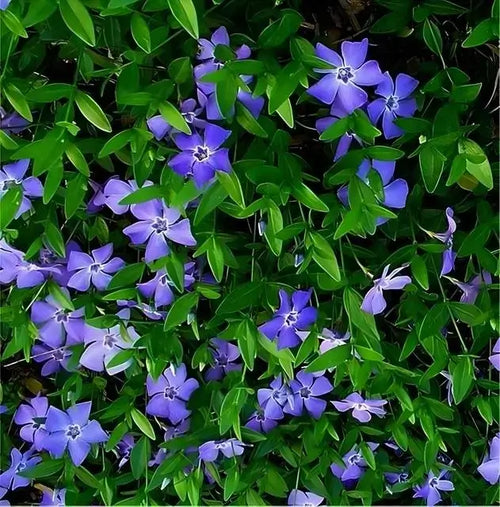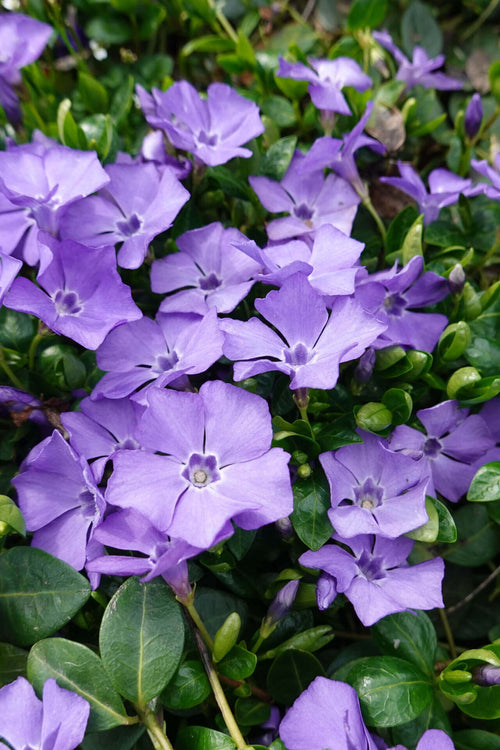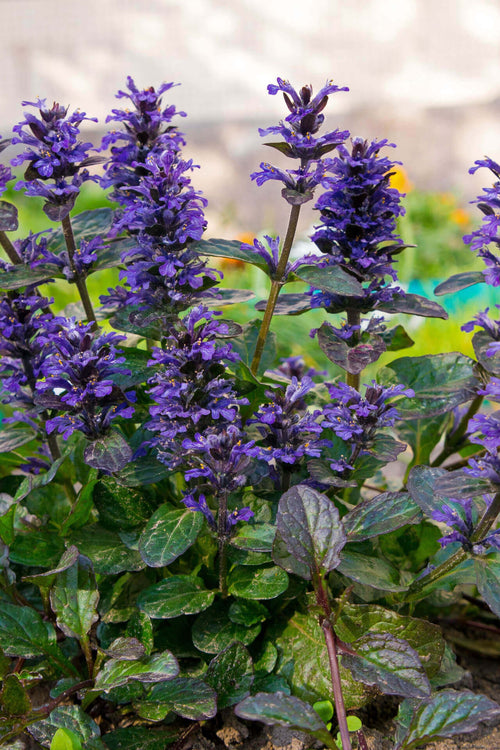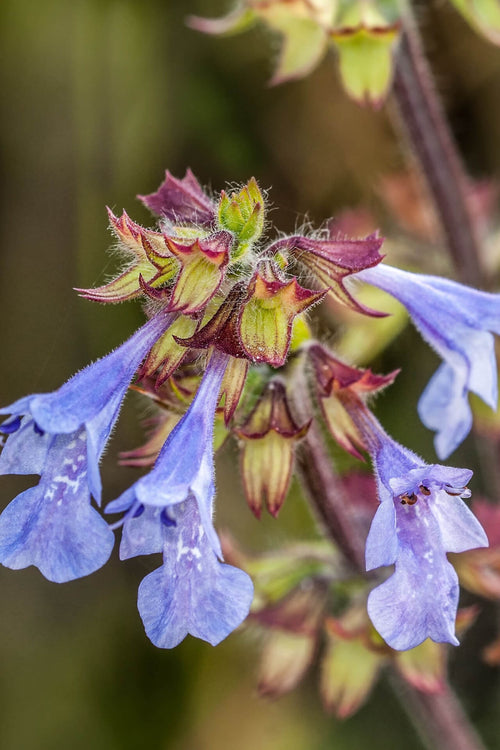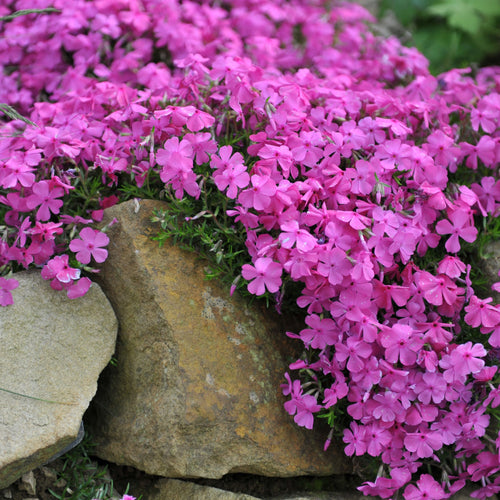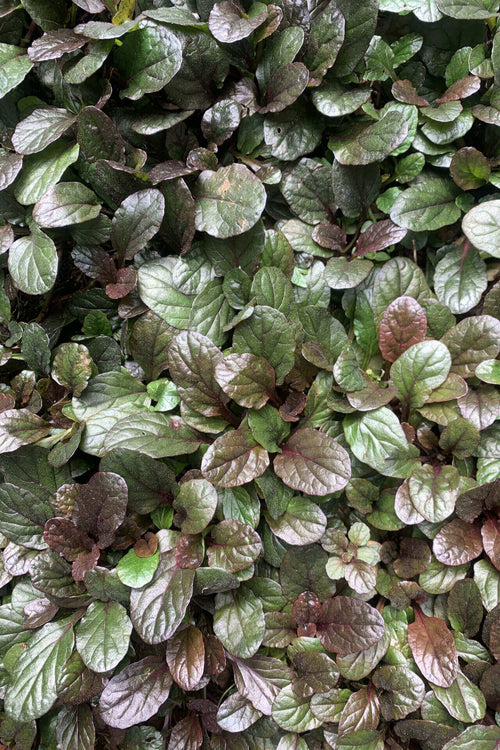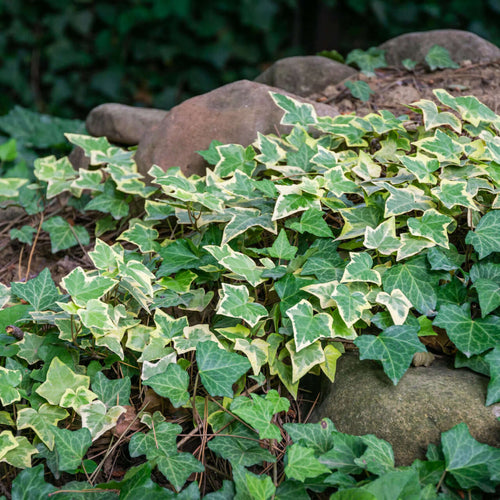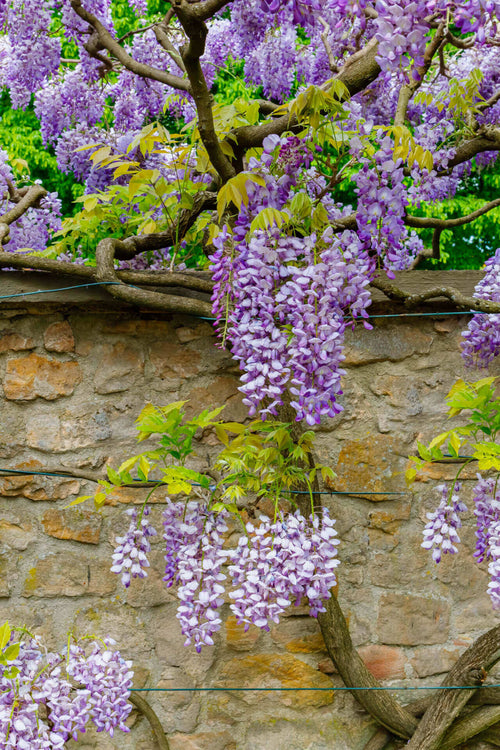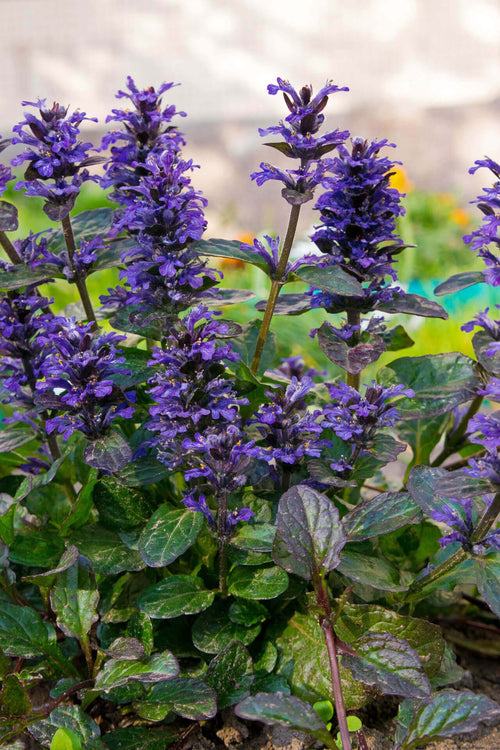Wisteria 25 Plants 1-2' (wholesale)
Wisteria Sinensis is a highly fragrant woody vine known for its cascading clusters of fragrant, pea-like flowers in lavender colors, often grown on pergolas, trellises, and arbors for its ornamental.They are renowned for their stunning beauty and hold great value in landscaping due to their numerous attributes. These hardy, deciduous climbing plants are native to East Asia and can be found in various colors, including purple, blue, white, and pink. Here, we will explore some essential attributes that make them a favored choice in landscape design.
Wisteria Sinensis creates a picturesque, enchanting outdoor space
Aesthetic Appeal: One of the most elegant features is their cascading clusters of fragrant, pea-like flowers adorn the landscape with vibrant colors. The long, pendulous racemes create a picturesque sight that enhances the overall visual appeal of any garden or outdoor space.
Shade and Privacy: These vines make excellent natural screens and arbors, offering shade and privacy to outdoor areas. Their dense foliage creates a lush canopy, ideal for shading patios, pergolas, and seating areas, giving a calm and serene ambiance during the hot summer months.
Versatile Growth: These vines exhibit universal growth patterns, allowing them to be trained to climb over pergolas, trellises, walls, and fences. This adaptability enables them to be used in various landscaping styles, such as traditional, cottage, or contemporary gardens.
Attracts Pollinators: The flowers serve as a valuable source of nectar to hummingbirds, butterflies, and other pollinators, contributing to the overall biodiversity and ecological balance of the landscape. The presence of pollinators can also benefit nearby plants and crops.
Low Maintenance: Once established, these are relatively low-maintenance plants. They are drought-tolerant and generally resistant to pests and diseases, making them suitable for gardeners of all experience levels.
Architectural Interest: Incorporating these vines into landscaping adds an architectural dimension to the design. Their twisting and twining stems create exciting patterns that add elegance and character to walls and structures.
Longevity: These vines are long-lived plants, with some varieties lasting centuries. This longevity makes them a sustainable landscaping investment, ensuring long-term beauty and benefits to future generations.
Seasonal Interest: These plants offer seasonal interest throughout the year beyond their exquisite flowers. In spring, the blooms steal the show, while during autumn, the foliage turns vibrant shades of yellow, adding a new dimension to the landscape.
Fragrance: The flowers emit a delightful, sweet scent that permeates the air, creating a pleasant sensory experience in the garden and attracting admirers from afar.
Erosion Control: Due to their firm, grasping tendrils, these vines can help control soil erosion on sloping landscapes. Their ability to cover large areas and stabilize the soil makes them an eco-friendly solution to prevent corrosion.
In conclusion, wisteria vines possess various attributes that make them valuable to any landscaping project. From their mesmerizing aesthetic appeal and versatility to their contribution to the ecosystem, this is a classic choice for creating a picturesque, enchanting outdoor space that will be enjoyed for generations.
Wisteria Sinensus at TN Nursery
Wisteria Sinensis, commonly known as Chinese Wisteria or simply Wisteria, is a stunning and enchanting flowering vine that belongs to the Fabaceae family. Revered for its ornamental beauty, it is native to China and has captivated gardeners and nature enthusiasts worldwide with its graceful and cascading blooms.
This deciduous woody vine is renowned for its remarkable visual appeal, characterized by cascading clusters of drooping flowers that drape elegantly from its sinuous vines. The flowers come in various shades of violet and blue, ranging from the palest lavender to deep indigo, creating a mesmerizing and ethereal display. These blooms are fragrant and exude a sweet, intoxicating scent, attracting pollinators like butterflies and bees.
It is distinguished by its lush, pinnate leaves that form an attractive backdrop to the profusion of flowers. The foliage emerges as a vibrant green in spring, strikingly contrasting the vivid blooms. As the seasons progress, the leaves turn a brilliant yellow in the fall, adding another layer of visual interest to this remarkable plant.
Wisteria Sinensis holds cultural significance and aesthetic appeal in various parts of the world
In Chinese culture, it symbolizes love, sensuality, and long life. Its name, "wisteria," is derived from the ancient Greek word "wistērion," signifying a type of climbing plant. This name is a testament to its enduring popularity across centuries and cultures.
Gardening enthusiasts often cultivate Wisteria Sinensis as an arbor or pergola climber, allowing its enchanting blossoms to create natural arches and tunnels in their landscapes. It is a beautiful flower with cultural symbolism. It adds a captivating display of colors and fragrances to gardens and outdoor spaces, leaving a sense of wonder in those who admire it.
The Purple Wisteria Vine The Purple Wisteria Vine is a gorgeous high-climbing vine with beautiful hanging purple blooms. The cascades of purple flowers have an exquisite fragrance, adding to such a lovely vine. It tends to grow in a twined clockwise or counter-clockwise direction that attaches to any sturdy pergola or archway, giving such a spectacular appearance. Wisteria is a part of flowering plants in the legume family.
Wisteria is a fast and grower, often reaching 25 - 30 feet long in its maturity
It can be heavy in its maturity, so be sure to plant it next to a well-built structure and trim it to shape the area you wish it to cover. It is magnificent in the spring when it is blooming, and you have the visual effects of the purple blooms and the smell of its sweet fragrance.
It is a pleasure to enjoy the pretty vine and its dazzling impact. Plant the vine preferably in fertile, moist, but well-drained soil. It is a hardy vine and can adjust to most soil types, but yields of the blooms are best in moist, well-drained soil. It is recommended to plant in full sun, which only adds to the flowering of the cascading blossoms.
It is best to plant the vine in the spring or the fall. After flowering, a brown bean-like pod stays on the plant until winter. When choosing your site for the plant, choose one where the Wisteria Vine will not overtake the other plants. It is a showpiece within itself. When planting the alluring Wisteria Vine, a hole must be the root ball and 2-3 times as wide. Space the plants 10-15 feet apart. This amount of space allows the vine to spread to its ideal range. This vine's beauty, color, and fragrance will add to any area you wish to plant.

